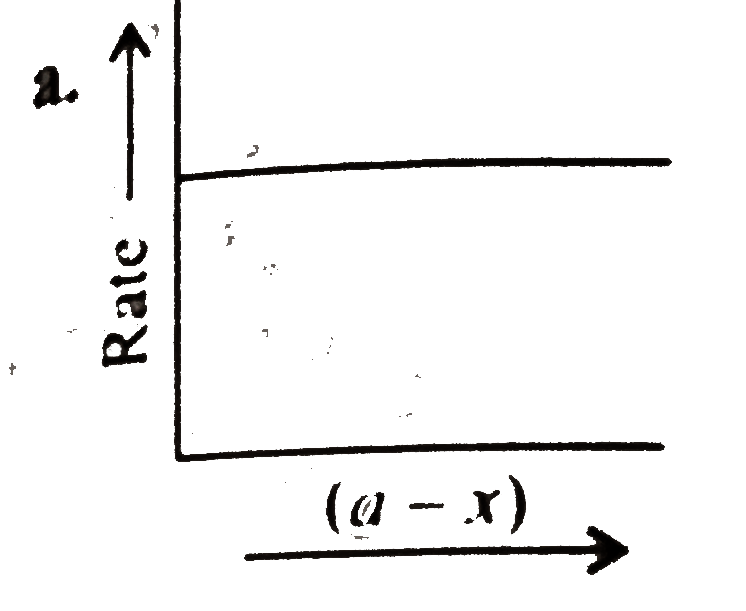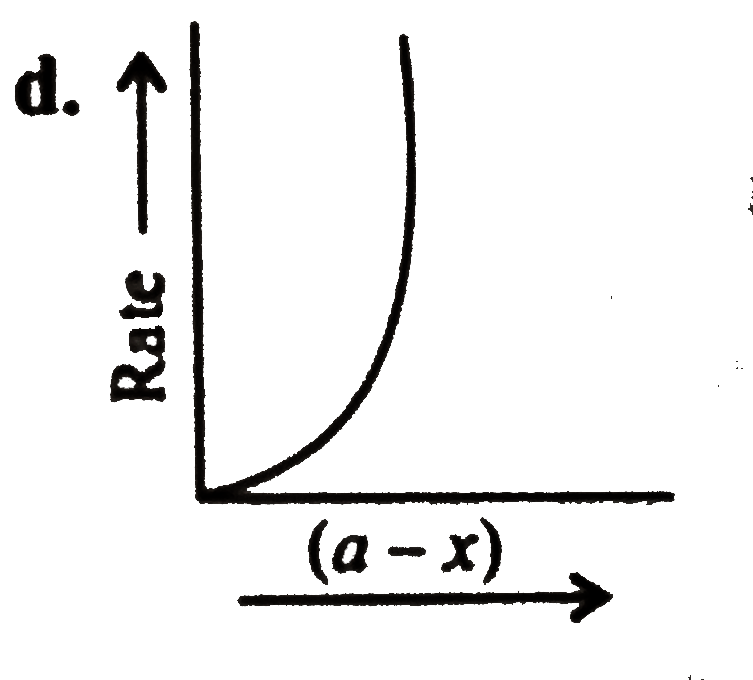From the following which is a second-order reaction
A
K=5.47×10−4sec−1
B
K=3.9×10−3mole litsec−1
C
K=3.94×10−4lit mole−1sec−1
D
K=3.98×10−5lit mole−2sec−1
Video Solution
Text Solution
The correct Answer is:c
Unit of rate constant for second order reaction is mol−1 litre time−1.
|
Topper's Solved these Questions
- CHEMICAL KINETICS BOOK - ERRORLESS CHAPTER - CHEMICAL KINETICS EXERCISE - Ordinary Thinking (Collision theory , Energy of activation and Arrhenius equation )
45 Videos
- CHEMICAL KINETICS BOOK - ERRORLESS CHAPTER - CHEMICAL KINETICS EXERCISE - Critical Thinking Objective Questions
20 Videos
- CHEMICAL KINETICS BOOK - ERRORLESS CHAPTER - CHEMICAL KINETICS EXERCISE - JEE (Advanced ) 2018
1 Videos
- CHEMICAL EQULIBRIUMBOOK - ERRORLESS CHAPTER - CHEMICAL EQULIBRIUMEXERCISE - JS JEE SECTION (ONLY ONE CHOICE ANSWER (Matrix)
1 Videos
- CHEMISTRY IN EVERYDAY IN LIFEBOOK - ERRORLESS CHAPTER - CHEMISTRY IN EVERYDAY IN LIFEEXERCISE - Critical Thinking (Objective question )
25 Videos
Similar Questions
Knowledge Check
Which of the following graphs is for a second order reaction?
A B
B C
C D
D
Which of the following is true about the second order reaction?
AThe rate of reaction depends on concentration of 1∘R−XandOH−Bnon polar solvent favours this reactionCMinimum branching and tiny alkyl group can fovours this reactionDAll are trueWhich of the following curves represents a second-order reaction? ('a' is the concentration of the reactant)
A B
B C
C D
D
which of the following is a first order reaction ?
View SolutionWhich of the following is not a first order reaction
View SolutionWhich of the following is a first order reaction:
View SolutionWhich of the following is a first order reaction ?
View SolutionWhich of the following is an example of a second order reaction ?
View Solution
